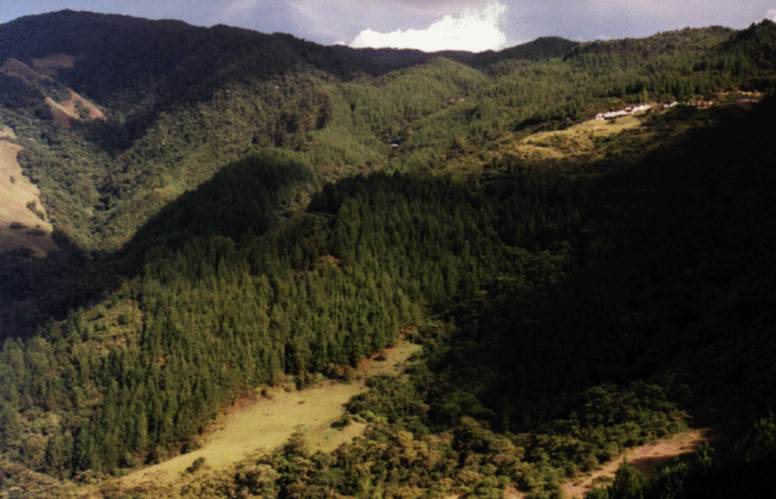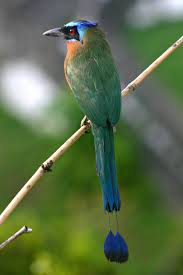A Visit to La Catedral, Pablo Escobar’s Prison (Part 1)
posted on October 3rd, 2015 in Colombia, Life and Death in the Andes (New Book), Pablo Escobar

La Catedral Prison
From my travel journal: Medellín, Antioquia
I met Pablo Ochoa—not the Colombian drug king, but the name of my cab driver—sitting in the fifth cab in a long line of cabs in Envigado, a suburb of Medellin where Pablo Escobar grew up. I wanted to visit La Catedral, the prison Escobar had first built and then had spent a year and a half in, located about an hour up a green mountainside. The first driver shook his head and said he needed a larger cab. The second shook his head and said it was too far and that the road was narrow and bad. The third and fourth drivers said the same. Pablo—59 years old with gray hair and intense, dark eyes—looked me over suspiciously and nodded.
“Sixty pesos” he said, pointing up at the distant green mountain, craggy and imposing.
We drive up a winding road, past pine and Eucalyptus trees and big, elephant-eared plants lining each side of the road. Pablo grew up in Evigado and has been a cab driver for 31 years. He speaks with a thick, paisa accent and keeps peering at me with a very intense stare in the rear view mirror.
Moss begins appearing on tree trunks and ferns line the road as we keep climbing, the air becoming cooler. Sections of the paving are washed out from the rains and we ease past them slowly in the car. Gradually Pablo becomes more relaxed, even cheerful, the higher we climb. He begins to enjoy himself and starts to play the role of tour guide.
“Here’s a good place for a photo,” he would say, and we’d stop and take a look at Medellin stretching below us between the trees, its pink, rectangular skyscrapers lit by the sun and cumulus clouds boiling above. Rain threatens overhead and at another tree-choked bend he stops and points at a thick wall of vegetation.
“Do you see that?” he asks. I shake my head. Finally, I spot what he is looking at: on a tree limb and with a cluster of insects in its mouth is a “soledad,” a fist-sized bird with a foot-long tail, like a mot-mot, green with a black face-mask. I’m impressed that Pablo spotted it, so well does it blend into the vegetation.

Soledad (Momotus momota)
“Take a photo,” Pablo says.
“Got it? Ha amañado?”, he asks. “Are you content?”
After about an hour he stops the car again on the narrow road. We get out and look through a gap in the trees. Pablo points at something in the distance, higher up.
“La Catedral,” he says. “Pablo Escobar’s prison.”
Visible beneath the crest of mountains and overlooking Medellin below, a group of gray buildings protrudes from a clearing. It was here that Escobar agreed to be imprisoned, but on his own terms: he chose the location, he chose the design, his own workers built it, and he hired his own guards to run it. No one Escobar did not control was allowed anywhere near the prison. What’s more, the location allowed him to spot anyone approaching along this long, winding road, affording him plenty of time to escape. Which he eventually did.
Next Up: Part 2
